Follow Conservator Vanessa as she prepares four of Julia Margaret Cameron’s photographs to go on display at the National Portrait Gallery.
Annie, Iago, Freddy, Topsy and Mary will shortly be on display as part of the National Portrait Gallery’s exhibition Francesca Woodman and Julia Margaret Cameron: Portraits to Dream In, starting 21 March 2024.

A photographic portrait of the artist’s model, Angelo Colarossi (born about 1839) taken by Julia Margaret Cameron (1815–1879).
There are many steps that go into bringing these photographs from storage to the gallery wall—a truthfully multidisciplinary effort involving our curatorial, registration, documentation, digitisation and conservation teams.
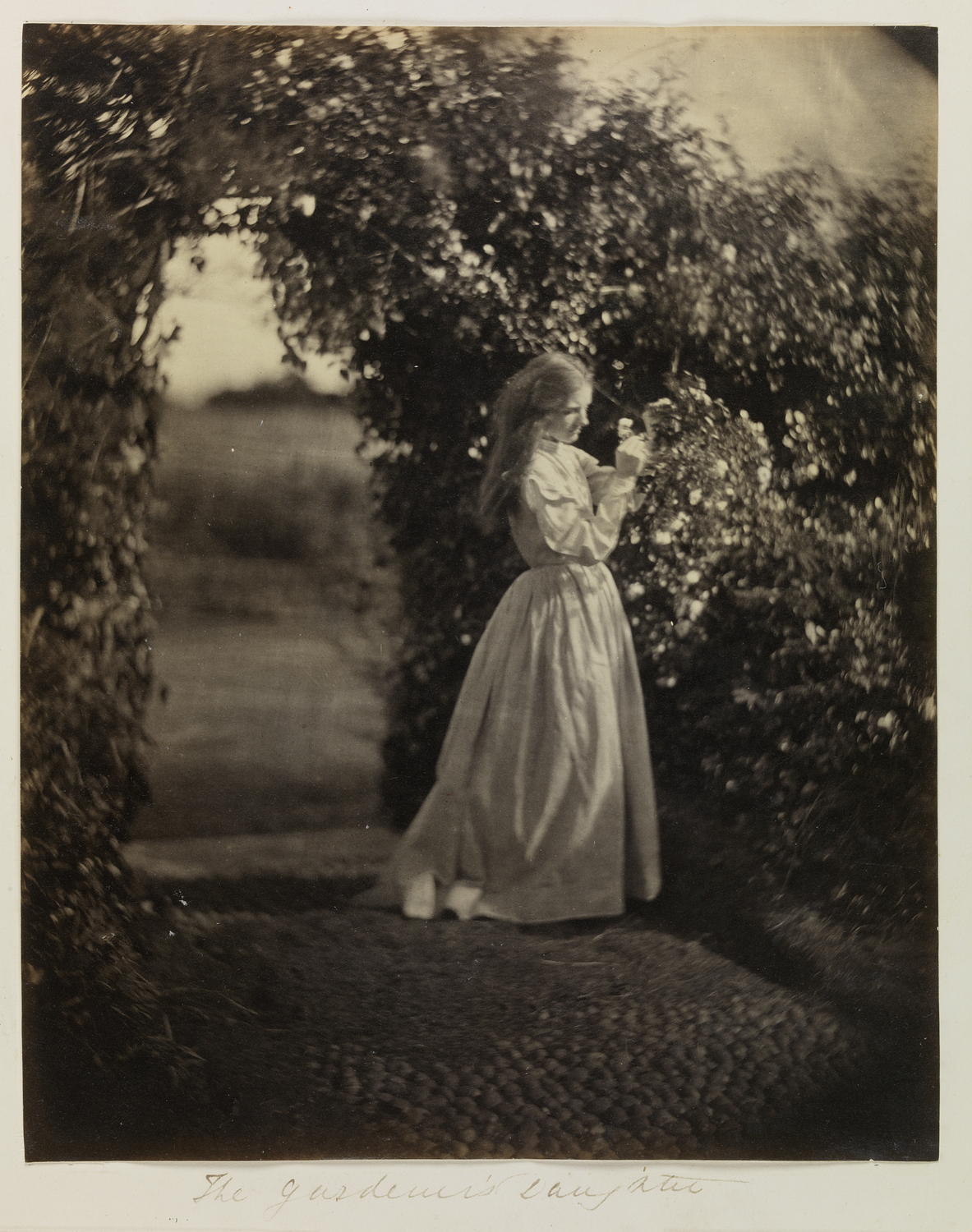
A photographic study of Mary Ryan (1848–1914 ), taken by Julia Margaret Cameron (1815–1879) in 1867.
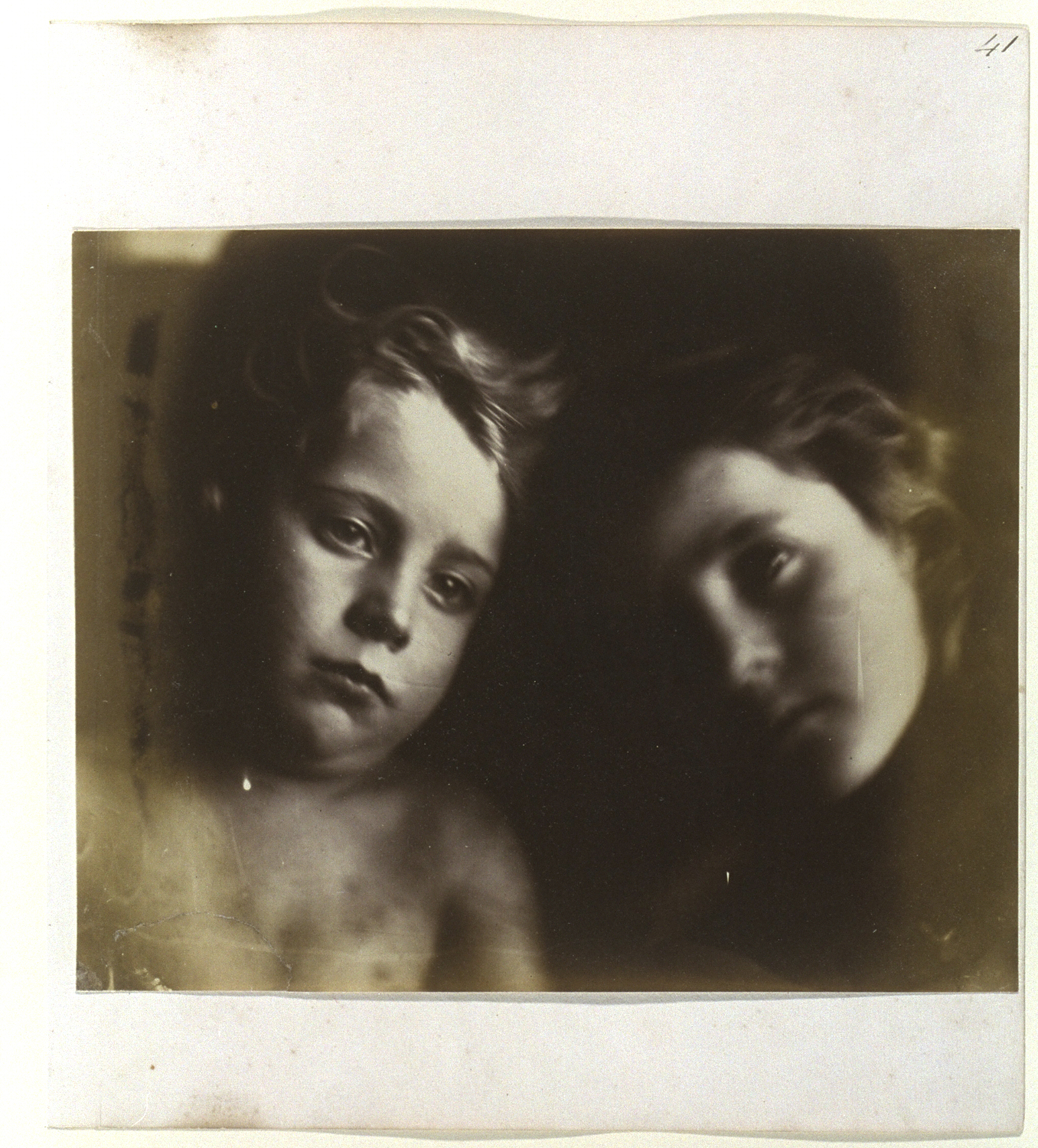
Curator Ruth Quinn says: “The wealthy Victorian artist Julia Margaret Cameron (1815–1879) learned how to take pictures when photography was a new technology. Her work pushed the creative possibilities of the medium to create her signature soft-focus portraits.
At the National Science and Media Museum, we care for some of the most significant examples of her work, including an album sent by Cameron to her friend Sir John Herschel, containing photographs taken between 1864–67 . This collection of 94 photographs included some of Cameron’s most celebrated works, including her photograph of the young Annie Wilhemina Philpot. Cameron described this portrait as her ‘first perfect success in the complete photograph’ owing to ‘the docility and sweetness of my best and fairest sitter’.”
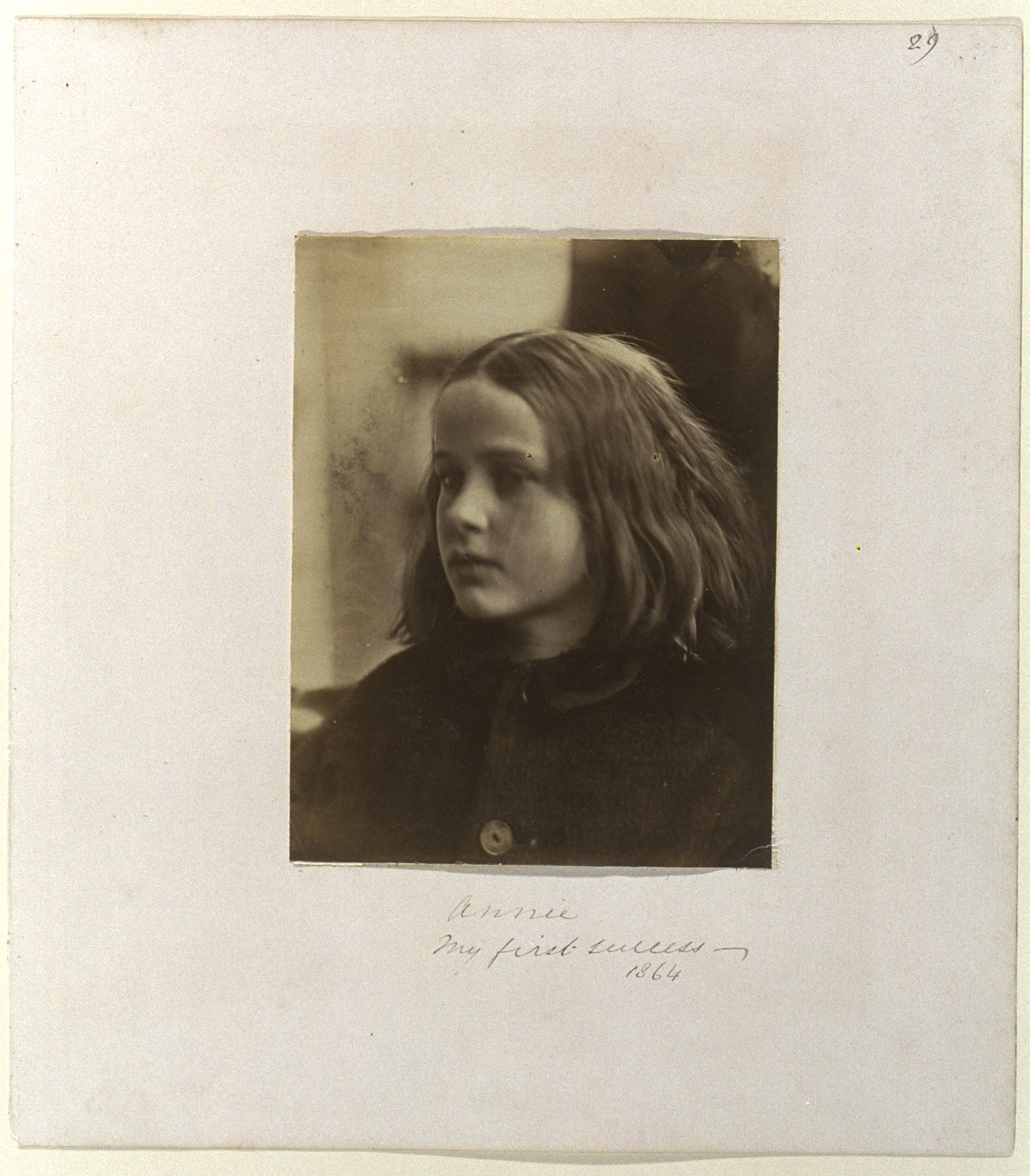
As these photographs are going on temporary loan to another museum. Ruth Clapham in the Registration team acts as the photographs’ travel agent. This means speaking to the loan venue and finding out information about their exhibition and their gallery. Ruth also looks at how the photographs will travel there: by road, air or even sea. She makes sure that the objects will be safe while away from our museum and that they will be looked after with the same care we give. To make sure this is adhered to, Ruth also creates a contract called a loan agreement which both museums sign.
Before an object goes out on loan, Alex Greenhough in the Documentation team reviews catalogue records to make sure they are accurate and as detailed as possible. If only one or two photographs from an album are heading out on loan, Alex might need to complete some cataloguing work to make sure each photograph has an individual record. This means keeping track of exactly which objects leave the museum.

Preparing objects for loan is also a great opportunity to add extra detail to the digital records: Alex adds information like materials or measurements. This enhanced and reviewed data publishes to our Collection Online website.
The objects are photographed by Lucy Williams from the Photography & Digitisation team. The high-resolution images and their metadata are linked to the Collection Online website, making them available to a wider audience online, enabling them to be used in a publication or in some instances modern copies can be purchased via the Science and Society Picture Library.

To conclude the process, the photographs come to my workbench in the conservation lab.
I start by documenting the condition of the object at that moment in time. This condition report serves as the official document and travels with the object. Conservators confirm the condition remains unchanged upon arrival at the venue, at the end of the exhibition and upon return to Bradford.
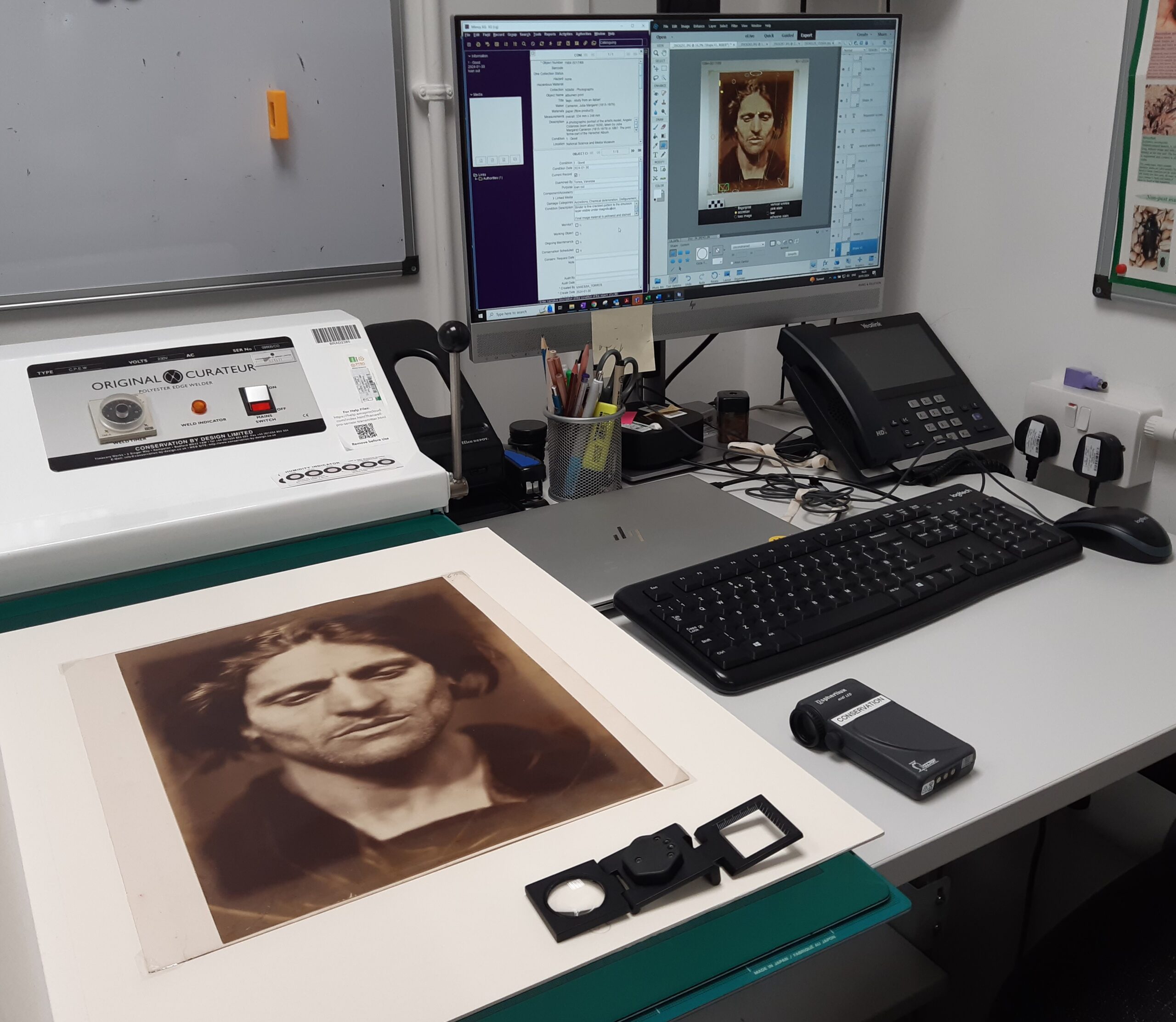
To manage the risk of exposure to light while on display, I performed micro fading testing to the different image tones and handwritten titles. The areas tested determined the photographs are moderately light-sensitive, meaning they can be on display for six months in controlled gallery light conditions. After this period of display they will rest in their storage boxes back in the museum for a minimum of two years.
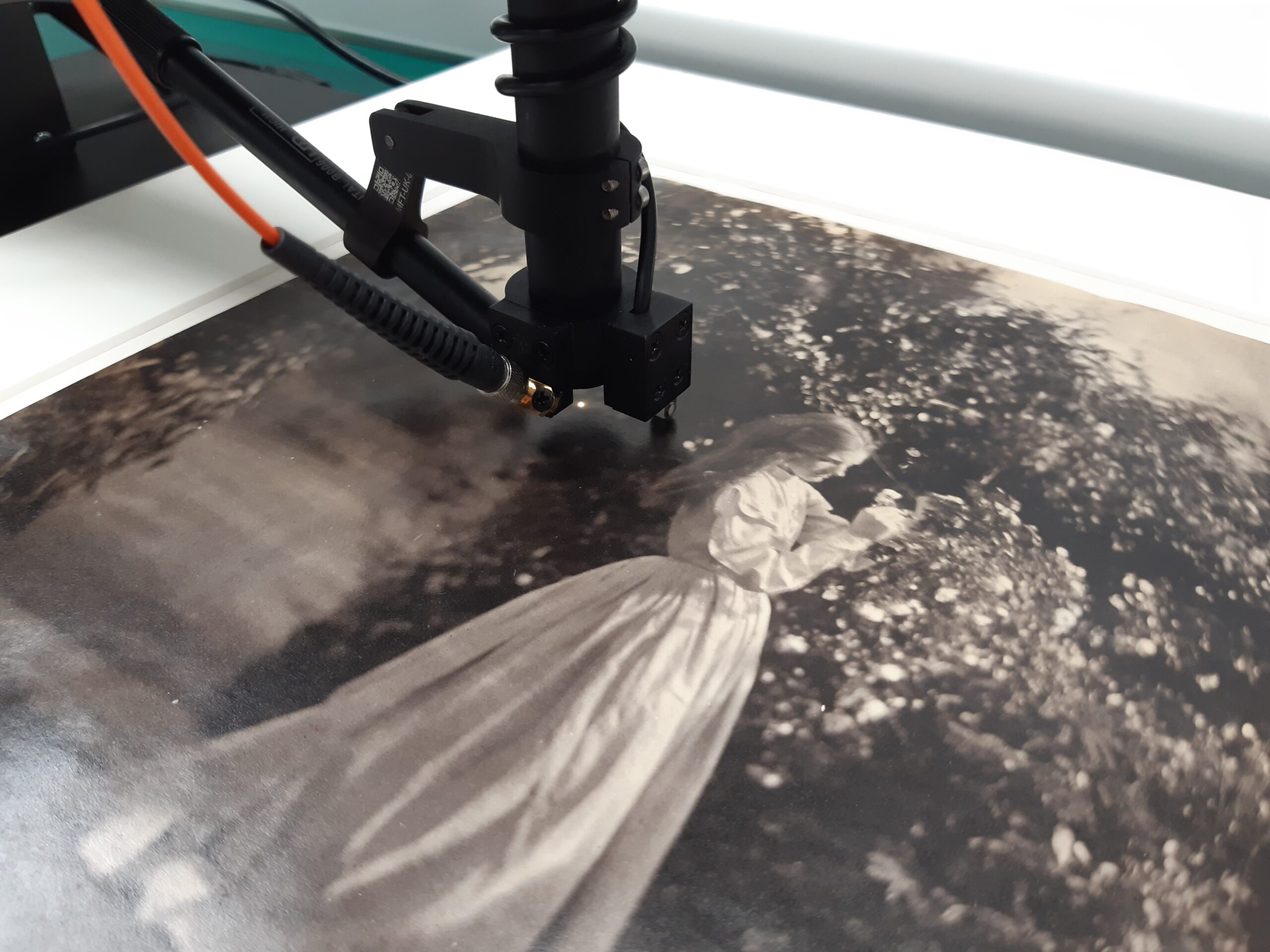
In this instance, these photographs didn’t require conservation treatment and were already adhered to a custom-made conservation grade mount. The next step was framing by creating a sealed package that protects against fluctuations in humidity throughout their excursion.
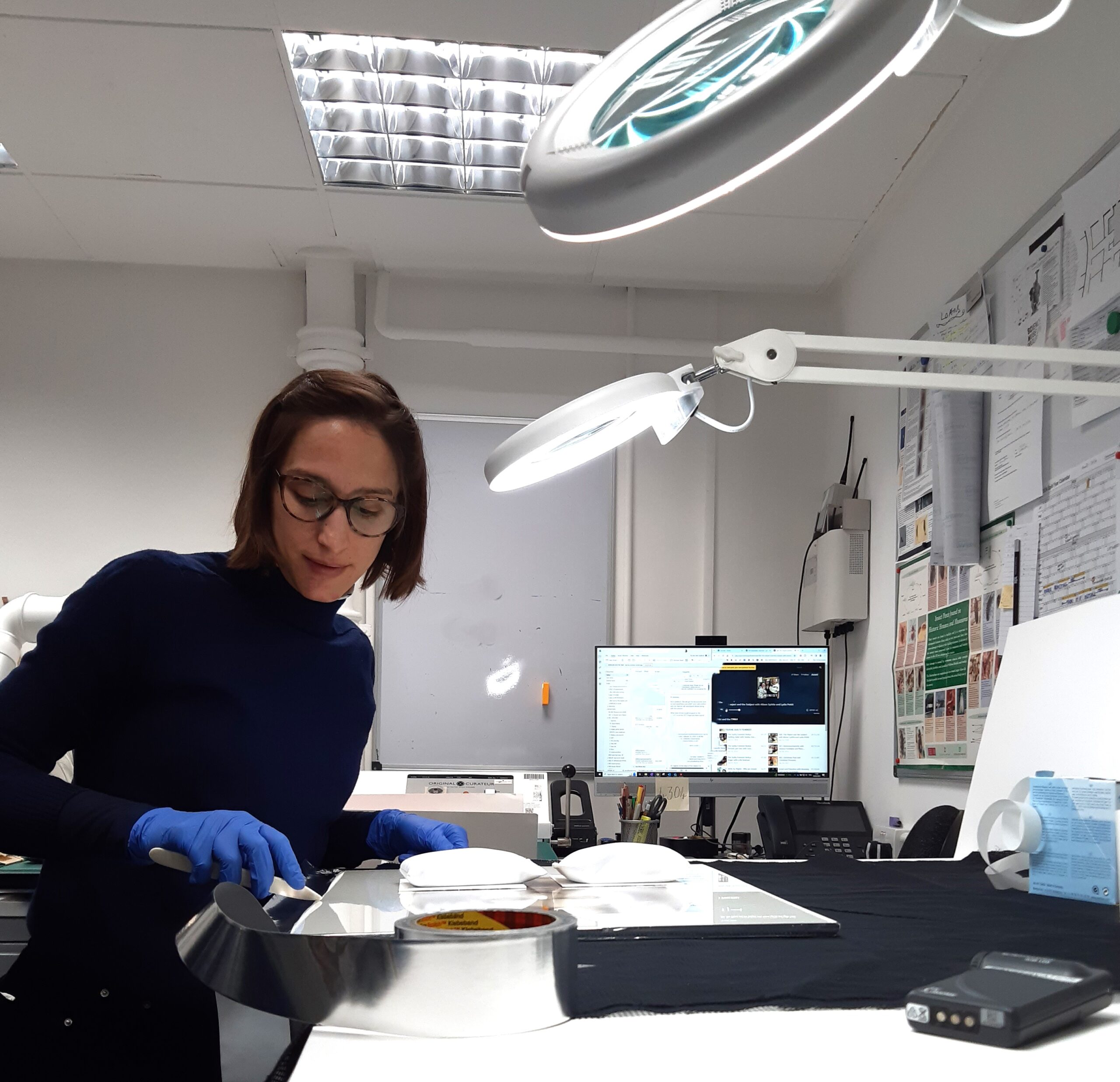
Lastly, the framed photographs are stored inside a crate that protects against light, temperature and humidity changes and vibration during travel.
For me it was a week well spent in good company and I never got tired at looking at them!
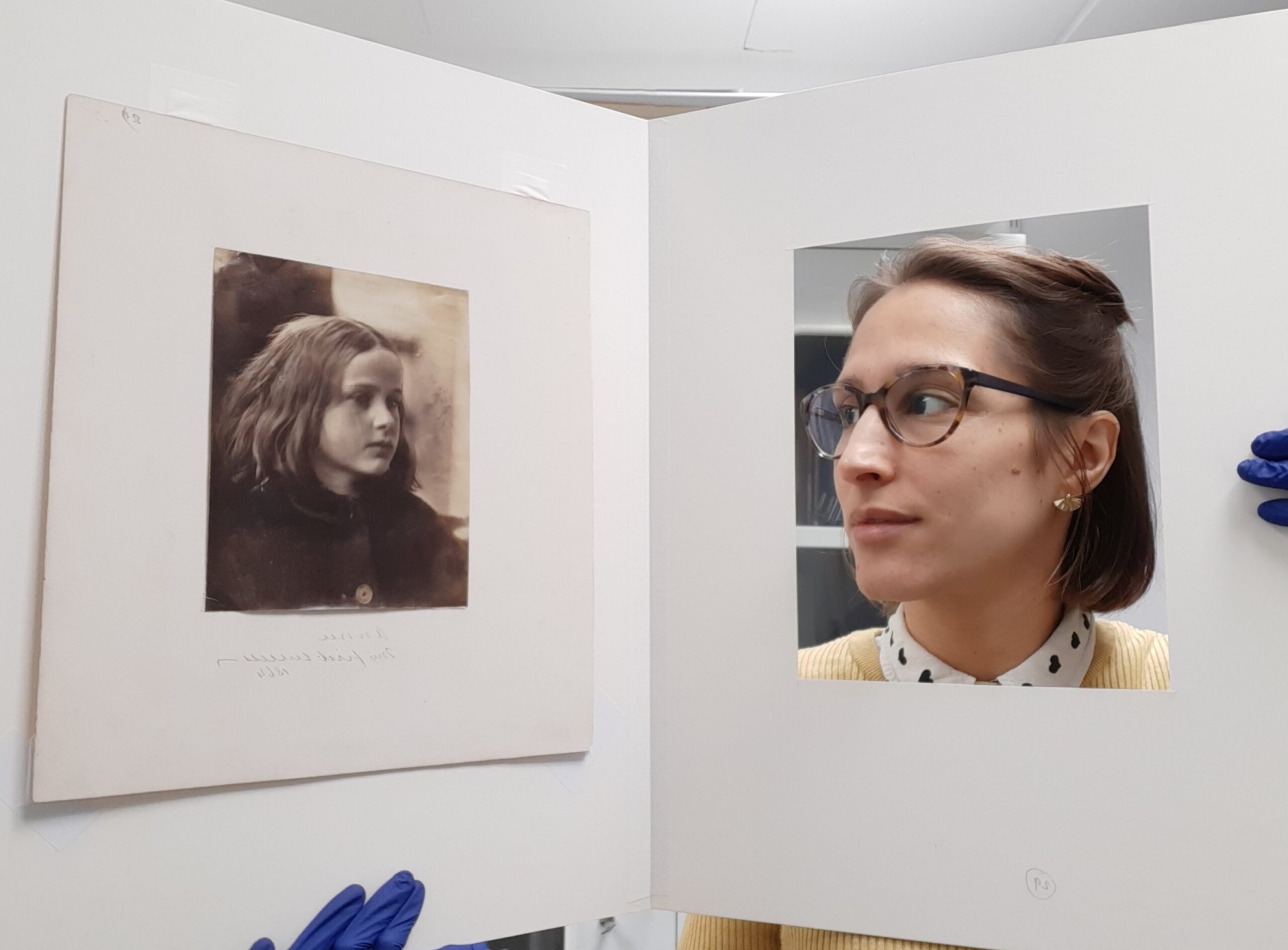
The museum might be closed, but you can still explore our collection online.
A great blog and insight into just some of the amazing work you do as a conservator. Cameron’s photos are stunning and deserve all the care that you and your colleagues give them.
I I Found this blog a fascinating insight into the care that is taken to ensure what I would identify as Not just a duty of care but a passionate and professional DOC. The statement that everything that makes the exhibition successful depends on a multi disciplined team, is sublime, an example of truly recognising the value placed on the people you work with. I do believe that Julia would be sooo proud of how you all recognise the struggles and the elation that JMC must have felt when the image of Annie began appearing on that glass plate and I’m certain that as custodians of all these photographs you must be immensely proud to be associated with pioneers of the photographic artists specifically Julia. Well done.